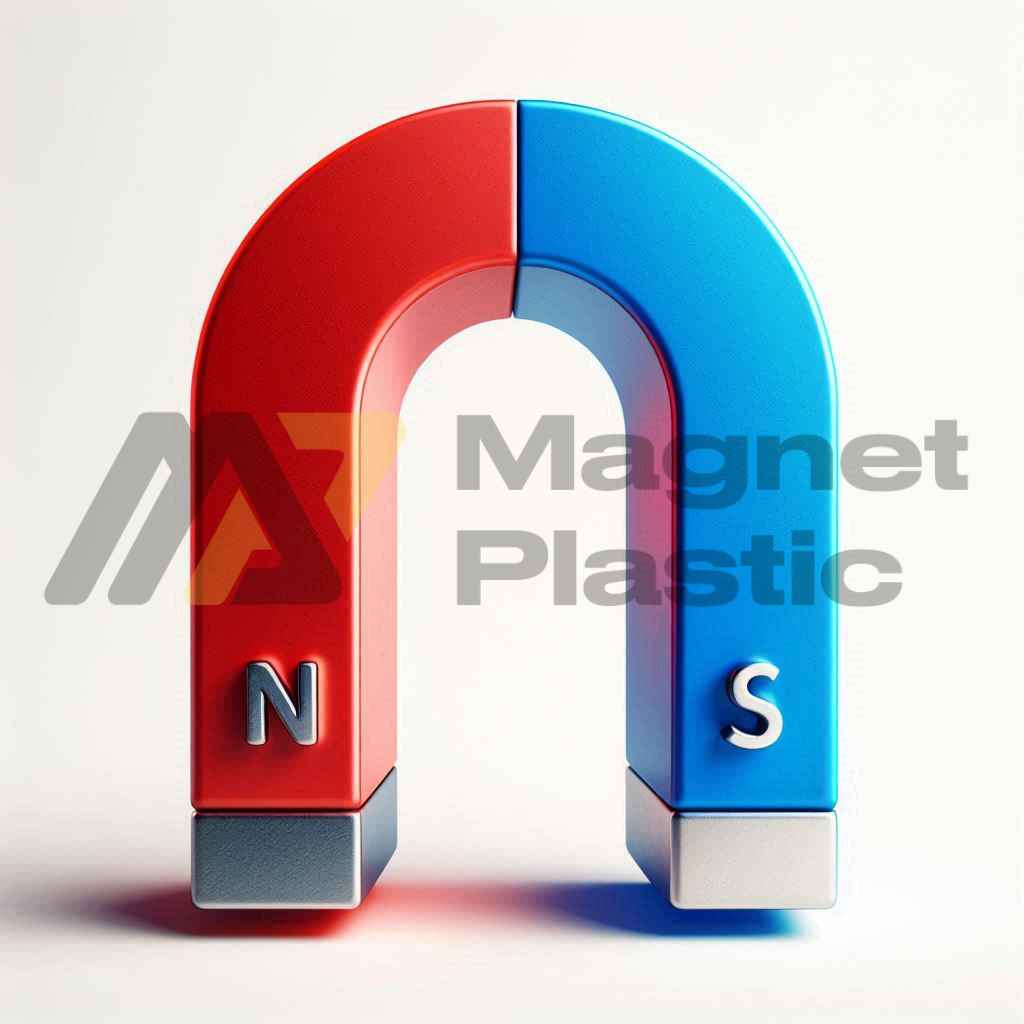How to Identify the Poles of a Magnet
Magnets are fascinating objects that have two ends known as poles: the north pole and the south pole. These poles are where the magnetic force is most concentrated. Identifying them is essential for a wide range of applications—industrial, scientific, educational, and everyday use. Knowing the location of each pole allows for more precise and safe use of magnets in motors, sensors, electronic devices, and classroom experiments.
Why Is Identifying the Poles Important?
Knowing the polarity of a magnet is crucial because it determines how magnets interact with each other and with their surroundings. Opposite poles attract (north to south), while like poles repel (north to north or south to south). In technical fields like electromechanics, incorrect pole alignment can disrupt the performance of machines or equipment.
Methods for Identifying Magnet Poles
Here are some simple and accessible ways to locate the poles of a magnet—no expensive equipment required.
1. Using a Compass
This is one of the most accurate and reliable methods.
- Bring a compass near the magnet.
- The needle that points toward geographic north is actually a south magnetic pole.
- If this needle is attracted to one end of the magnet, that end is the magnet’s north pole (since opposite poles attract).
- If it’s repelled, that end is a south pole.
2. Compare with a Known Magnet
If you have another magnet with known poles, you can use it for comparison.
- Bring the two magnets close to each other.
- If the ends attract, they are opposite poles.
- If they repel, they are the same pole (north to north or south to south).
Be careful to avoid strong collisions between magnets.
3. Using Iron Filings
Although this method won’t distinguish between north and south, it can show where the poles are.
- Place a sheet of paper over the magnet.
- Sprinkle iron filings on top of the paper.
- The filings will gather most densely at the poles, where the magnetic field is strongest.
Additional Considerations
- Cylindrical or disc magnets may be axially magnetized (along their height) or diametrically magnetized (across their diameter). A compass can help determine this type of orientation as well.
- In industrial or educational settings, electronic pole detectors are available and provide fast, accurate identification of poles.
Conclusion
Being able to identify a magnet’s poles is a fundamental yet useful skill for anyone working with magnetic materials. Whether using a compass, a known magnet, or simple iron filings, it’s easy to determine polarity with basic tools. This understanding not only ensures safe handling and effective use but also opens the door to a variety of magnetic applications in science, technology, and everyday life.
